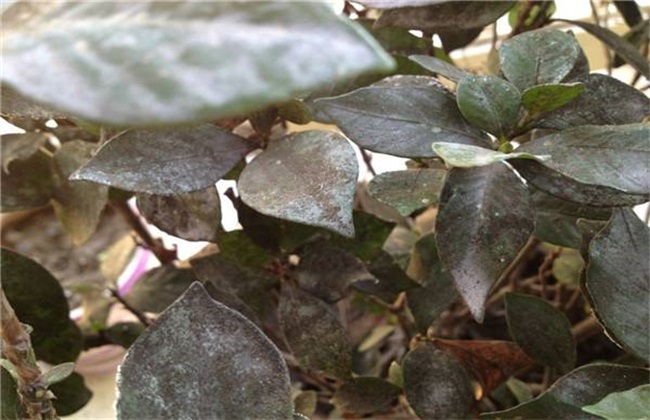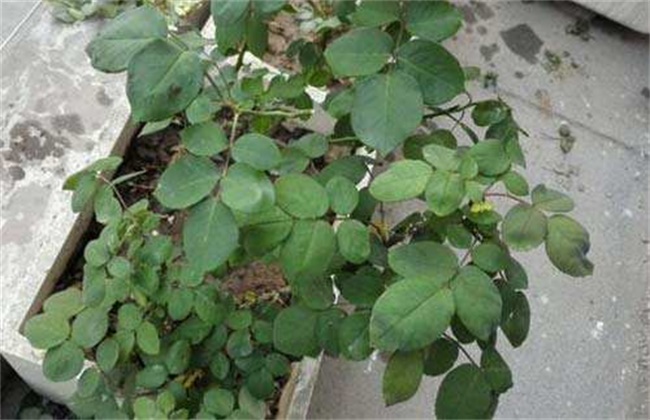The edge of Gardenia jasminoides leaves blackened and withered.
Gardenia is a fragrant light ornamental flower, there are many varieties, there are large shrubs, but also small shrubs, suitable for potted plants. In any case, it is easy to have some problems after planting, especially the growth space of potted plants is limited and it is easy to grow badly. Sometimes it is common that the leaves turn black, the edges and even wither, and I don't know the reason, so let's mainly introduce what to do in this situation today.

1. Occurrence of diseases
The main cause of blackening of plant leaves is coal fouling disease, this disease can infect a lot of plants, gardenia is the same, infected leaves will be covered with a layer of black substance. It is also possible that gardenia anthracnose, brown spots appear after leaf infection, gradually withered and blackened, give birth to a small black spot after a small piece of black. Bordeaux liquid protective agent was used in advance to prevent the disease, the disease was irrigated with 40 times ferrous sulfate solution, and then 0.2% ferrous sulfate was used to spray leaves.
2. Insect damage
Some piercing pests suck the sap of the leaves, and then the leaves will turn yellow and black and then dry up, so to deal with these piercing pests, the best way to deal with these piercing pests is to sweep away the larvae, collect them in containers, poison them to death, apply pesticides on diseased branches, cut off diseased branches seriously, and spray chemicals.
3. High temperature and drought
If the temperature is very high and the weather is unusually dry, the leaves will lose water and gradually dry up, usually drying up from the edge of the leaves. During drought, the soil roots are unable to absorb water, and the plants lose water, which is first shown on the leaves. With high temperature and drought, sometimes spiders gradually dry to death. If it is a potted plant can be moved to indoor watering, open field should be watered in the evening, always adhere to watering.
4. Excessive humidity
Generally too much watering, or heavy rain, continuous rain, these will cause too much humidity, the soil moisture can not go out, the whole environment humidity is very high. Water deposition, the root system is easy to rot, rot, and then can not absorb nutrients, easily infected with bacteria, and after the leaves blackened and withered. Watering depends on the situation, dredging in the rainy season.
Gardenia growth environment changes, not suitable, will be shown in the leaves, blackening, withering and so on. Therefore, we should pay attention to improving the environment, regulate growth in time, and focus on prevention and control if diseases and insect pests occur, so that the situation will improve.
Related
- Fuxing push coffee new agricultural production and marketing class: lack of small-scale processing plants
- Jujube rice field leisure farm deep ploughing Yilan for five years to create a space for organic food and play
- Nongyu Farm-A trial of organic papaya for brave women with advanced technology
- Four points for attention in the prevention and control of diseases and insect pests of edible fungi
- How to add nutrient solution to Edible Fungi
- Is there any good way to control edible fungus mites?
- Open Inoculation Technology of Edible Fungi
- Is there any clever way to use fertilizer for edible fungus in winter?
- What agents are used to kill the pathogens of edible fungi in the mushroom shed?
- Rapid drying of Edible Fungi



